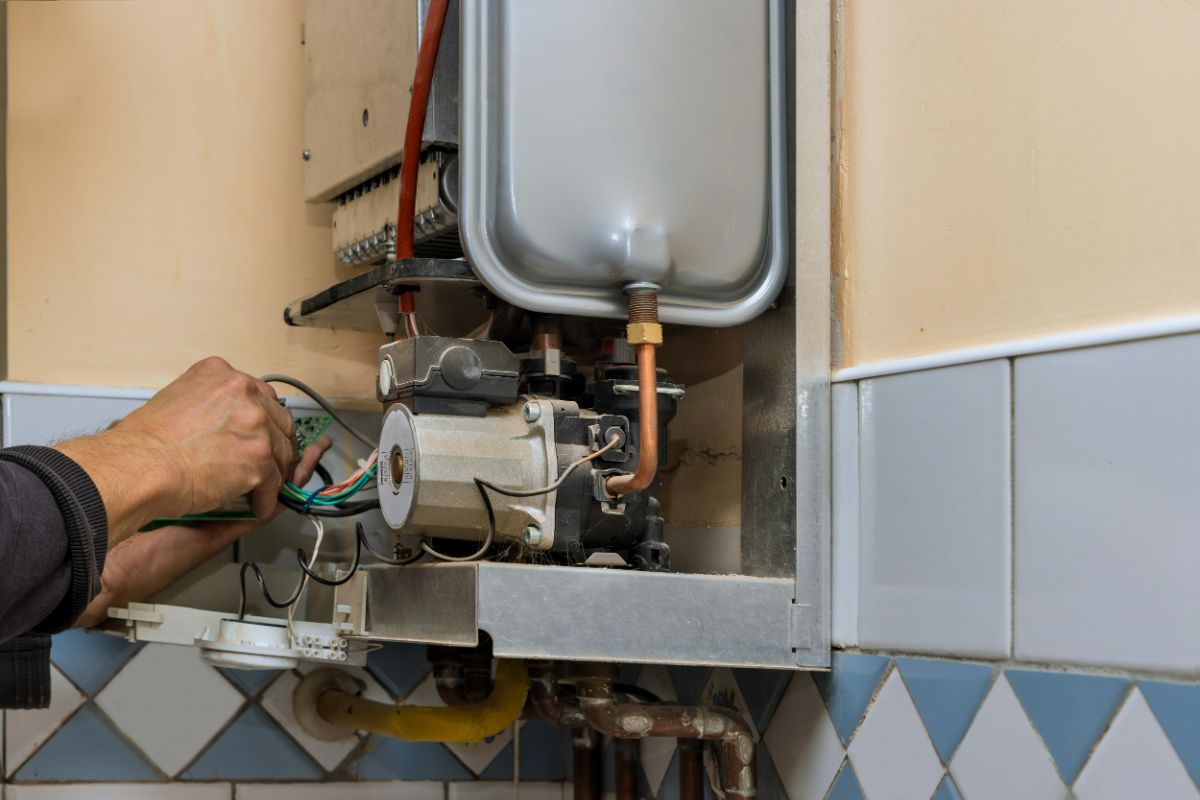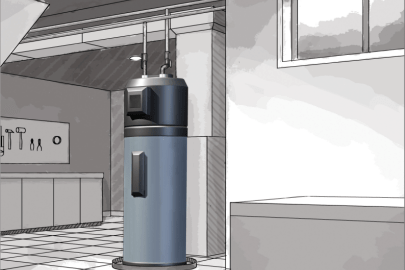We've discovered this post on Tips For Maintaining Your Hot Water Heater listed below on the net and concluded it made perfect sense to write about it with you on my blog.

Warm water is important for everyday comfort, whether it's for a rejuvenating shower or cleaning recipes. To guarantee your warm water system runs successfully and lasts longer, routine upkeep is key. This short article offers functional suggestions and insights on just how to maintain your home's warm water system to avoid disruptions and costly fixings.
Introduction
Preserving your home's warm water system could appear challenging, however with a couple of simple steps, you can guarantee it operates efficiently for many years ahead. This overview covers every little thing from recognizing your hot water system to DIY maintenance suggestions and recognizing when to hire professional help.
Relevance of Preserving Your Hot Water System
Normal upkeep not only extends the lifespan of your hot water system however also ensures it operates effectively. Overlooking maintenance can bring about reduced effectiveness, higher energy bills, and even premature failure of the system.
Indications Your Warm Water System Requirements Maintenance
Knowing when your hot water system needs focus can avoid major problems. Watch out for signs such as irregular water temperature, unusual sounds from the heating unit, or rusty water.
Purging the Hot Water Heater
Flushing your hot water heater eliminates sediment buildup, boosting performance and lengthening its life.
Checking and Replacing Anode Rods
Anode rods prevent rust inside the container. Evaluating and changing them when broken is vital.
Facility Issues Calling For Specialist Help
Instances consist of significant leaks, electric issues, or if your water heater is regularly underperforming.
Regular Specialist Upkeep Advantages
Expert maintenance can consist of comprehensive examinations, tune-ups, and guaranteeing conformity with security requirements.
Evaluating and Adjusting Temperature Level Settings
Readjusting the temperature setups ensures ideal performance and security.
DIY Tips for Upkeep
You can do a number of upkeep jobs on your own to keep your warm water system in top condition.
Checking for Leaks
Routinely examine pipelines and connections for leaks, as these can bring about water damages and higher expenses.
Comprehending Your Hot Water System
Before diving right into upkeep tasks, it's handy to understand the fundamental parts of your hot water system. Commonly, this consists of the water heater itself, pipelines, anode rods, and temperature level controls.
Regular Monthly Maintenance Tasks
Regular regular monthly checks can help capture minor problems prior to they escalate.
Checking Pressure Alleviation Valves
Examining the pressure relief valve guarantees it operates properly and protects against extreme pressure build-up.
Shielding Pipes
Shielding warm water pipes decreases warmth loss and can save energy.
When to Call a Professional
While do it yourself maintenance is valuable, some issues require professional know-how.
Final thought
Routine maintenance of your home's hot water system is vital for effectiveness, long life, and price savings. By adhering to these suggestions and understanding when to seek specialist aid, you can make sure a trustworthy supply of warm water without unforeseen disturbances.
How to Maintain an Instant Hot Water Heater
Before tinkering with your hot water heater, make sure that it’s not powered on. You also have to turn off the main circuit breaker and shut off the main gas line to prevent accidents. Also turn off the water valves connected to your unit to prevent water from flowing into and out of the appliance. 2. When you’re done, you have to detach the purge valves’ caps. These look like the letter “T” and are situated on either side of the water valves. Doing so will release any pressure that has accumulated inside the valves while at the same time avoid hot water from shooting out and burning your skin. 3. When the purge valves’ caps are removed, you have to connect your hosing lines to the valves. Your unit should have come with three hoses but if it didn’t, you can purchase these things from any hardware or home repair shops. You can also get them from retail stores that sell water heating systems. Read the user’s manual and follow it to complete this task properly. When the hosing lines are connected, open the purge port’s valves. 4. You should never use harsh chemical cleaners or solutions when cleaning your unit. Make use of white vinegar instead. It should be undiluted and you’ll probably use about 2 gallons. 5. Now flush your water heater. This task should probably take about 40 minutes. We can’t give you specific directions for this because the procedure is carried out depending on the type, model and brand of your heater. With that being said, refer to the user’s manual. 6. When you’re done draining the unit, you have to turn off the purge port valves again. Remove the hosing lines that you earlier installed on each of the water valves. Put the valve caps (purge port) back in their respective places and be very careful so as not to damage the rubber discs that are found inside these caps. 7. Now that everything’s back in place, check your user’s manual again to find out how to reactivate your water heating system. 8. Once it is working, turn one of your hot water faucets on just to let air pass through the heater’s water supply pipes. Leave the tap on until water flows smoothly out of it. https://www.orrplumbing.com/blog/2014/september/how-to-maintain-an-instant-hot-water-heater/

We hope you enjoyed our article on Tips on Maintaining a Water Heater. Thanks for taking the time to read our short article. Do you know about somebody else who is excited by the niche? Do not hesitate to share it. Thank you so much for your time invested reading it.
Visit